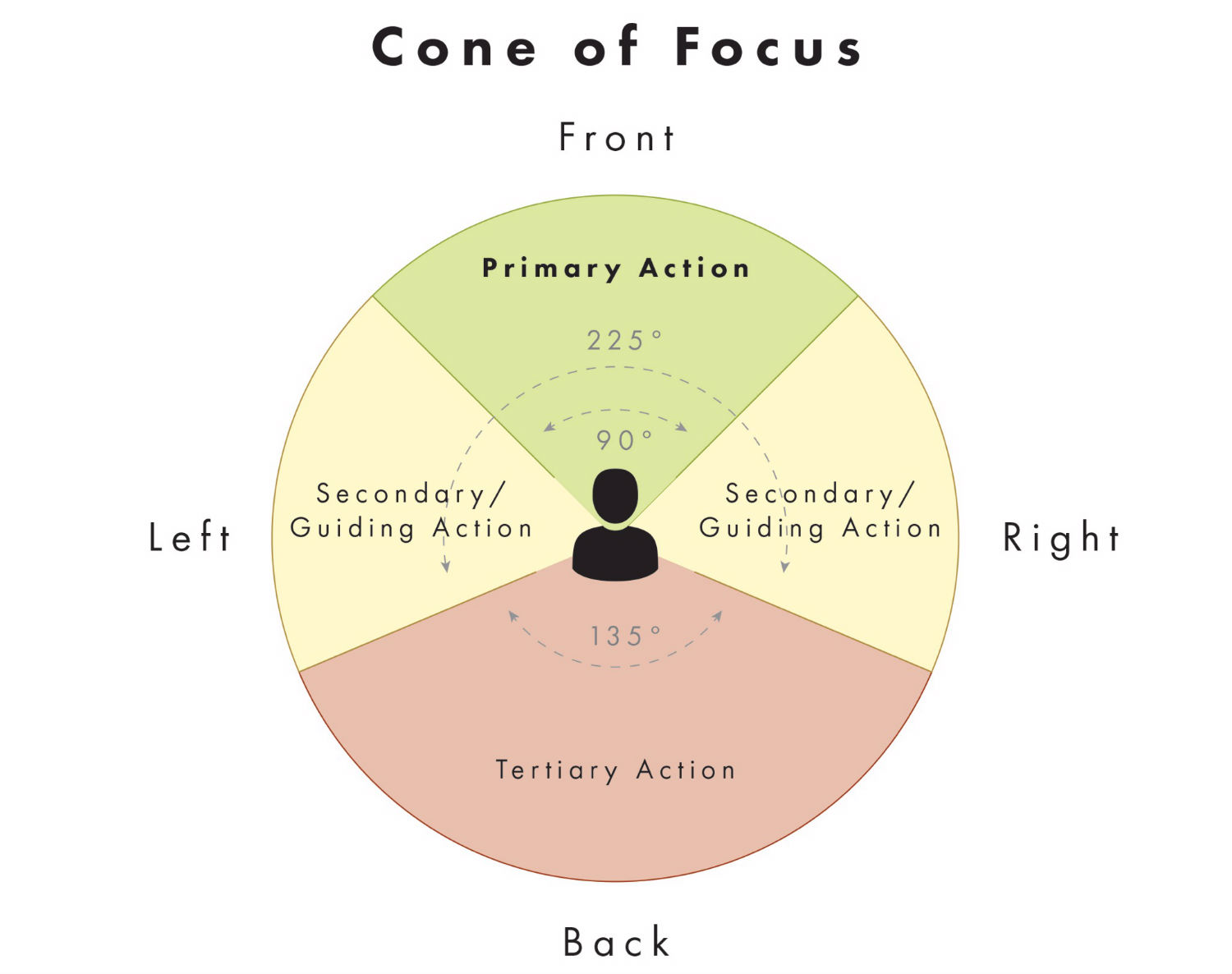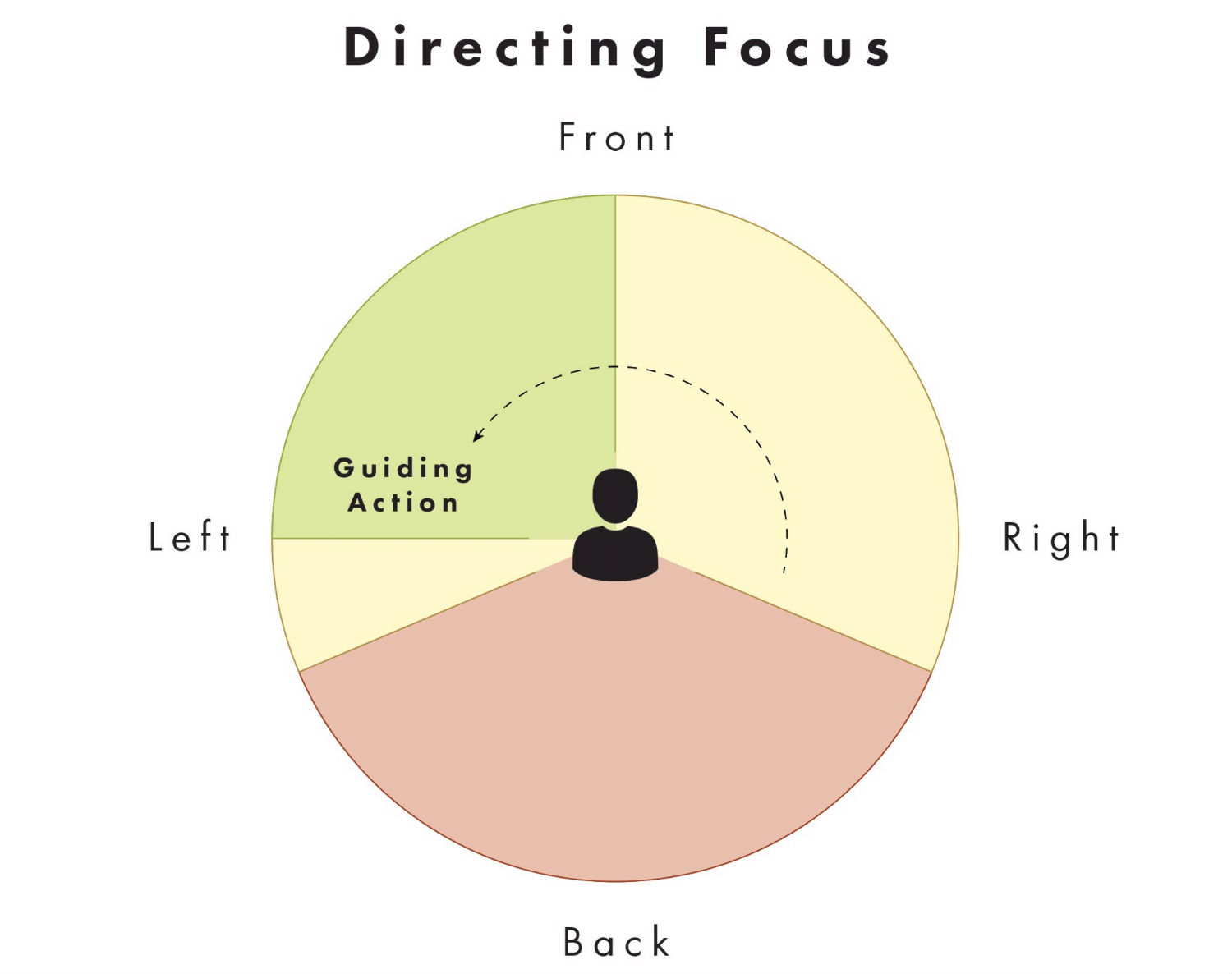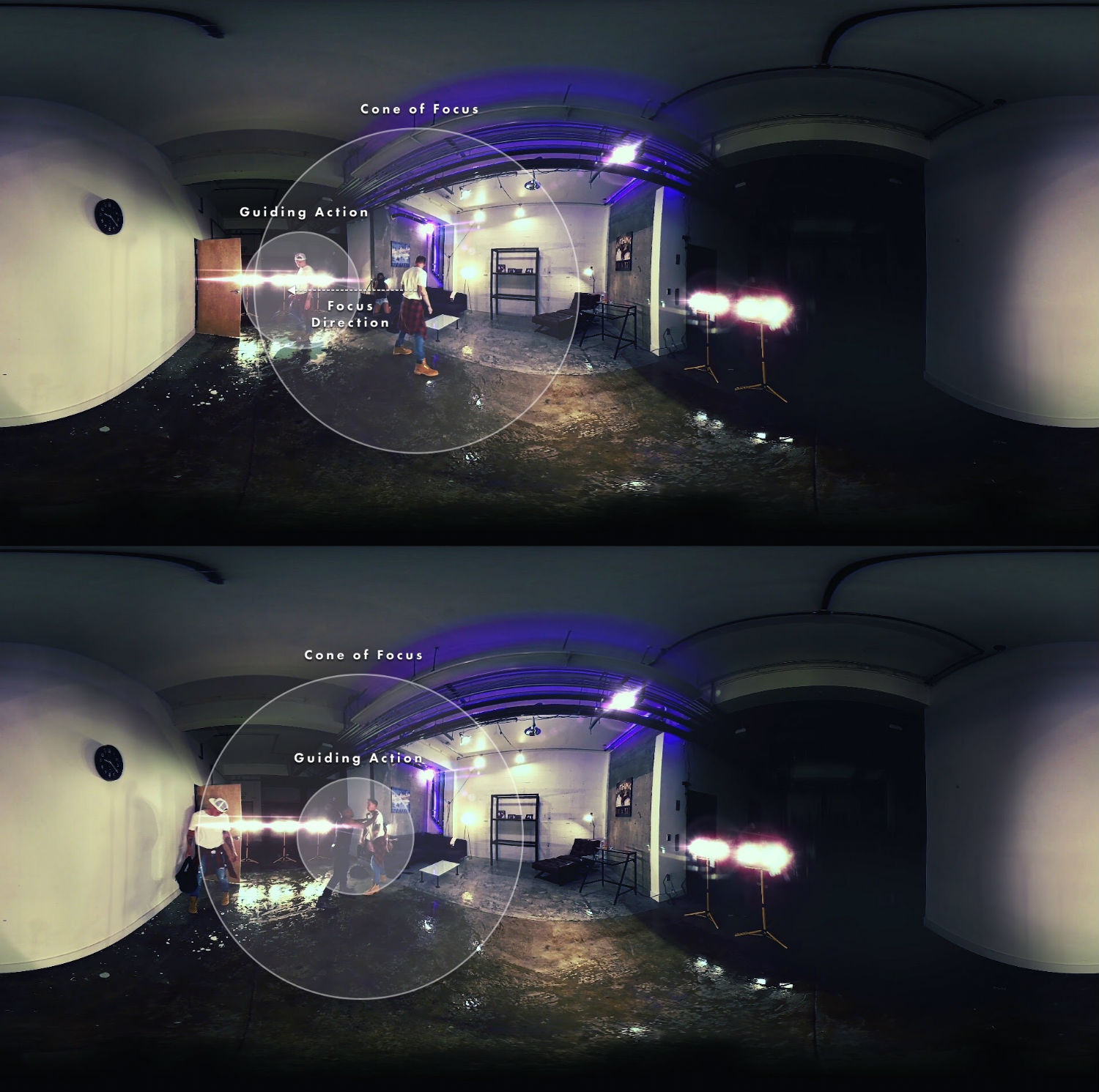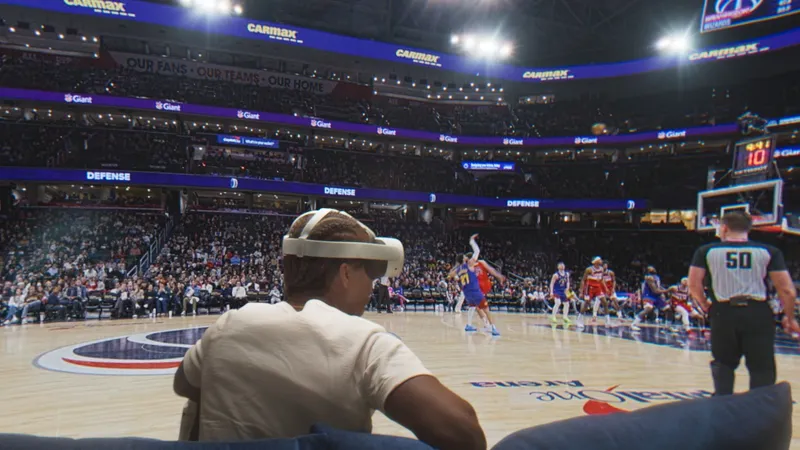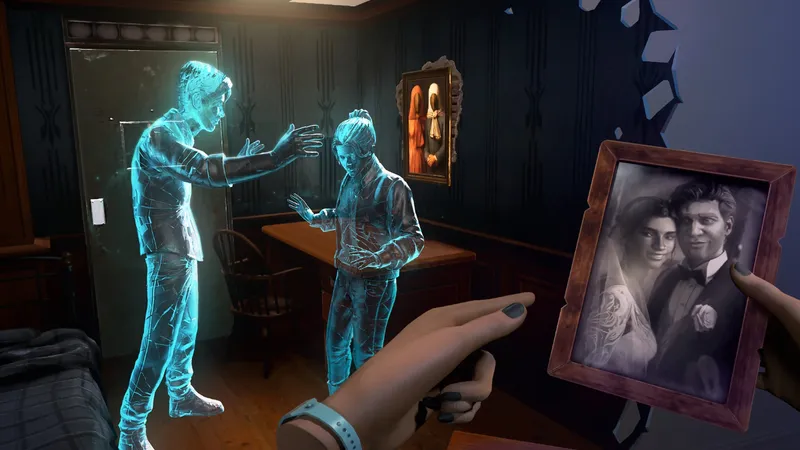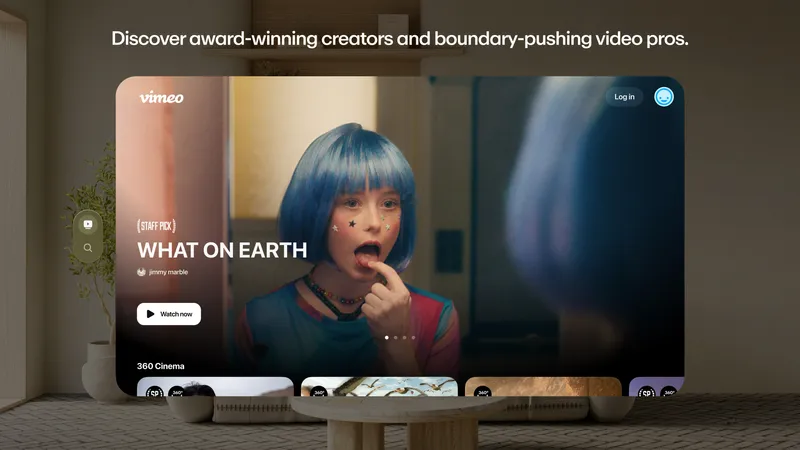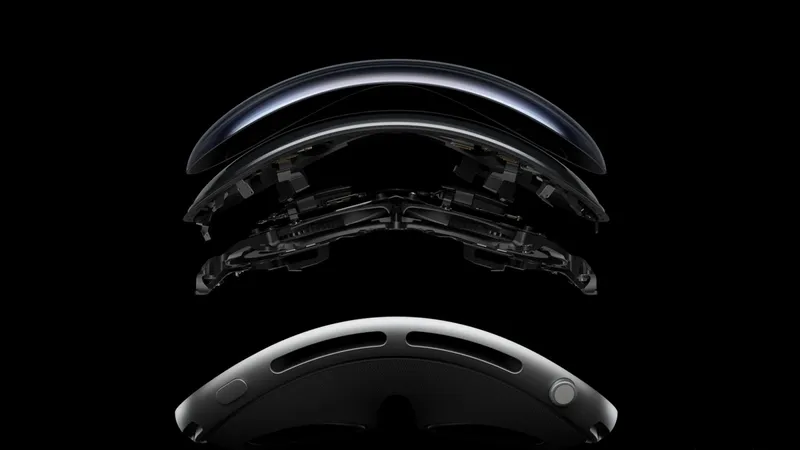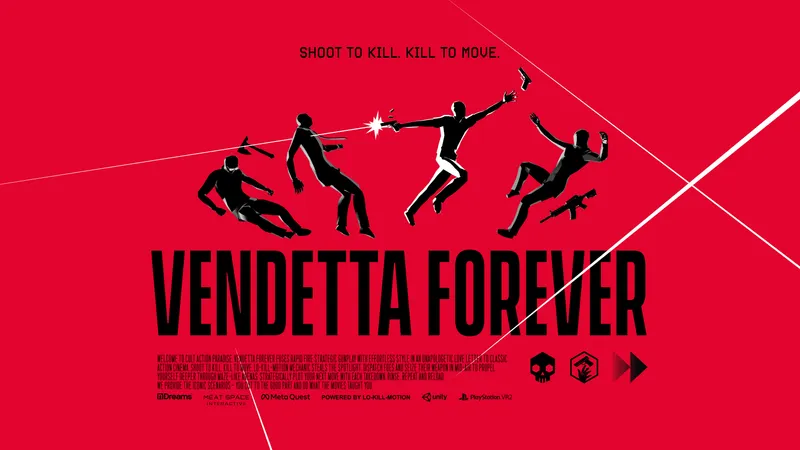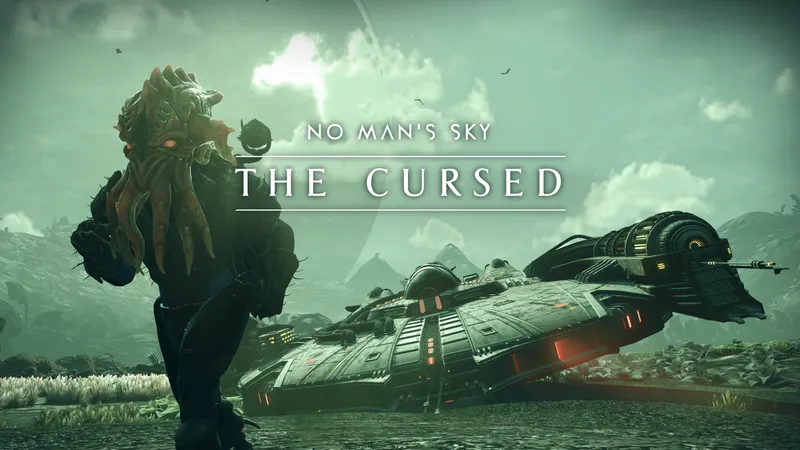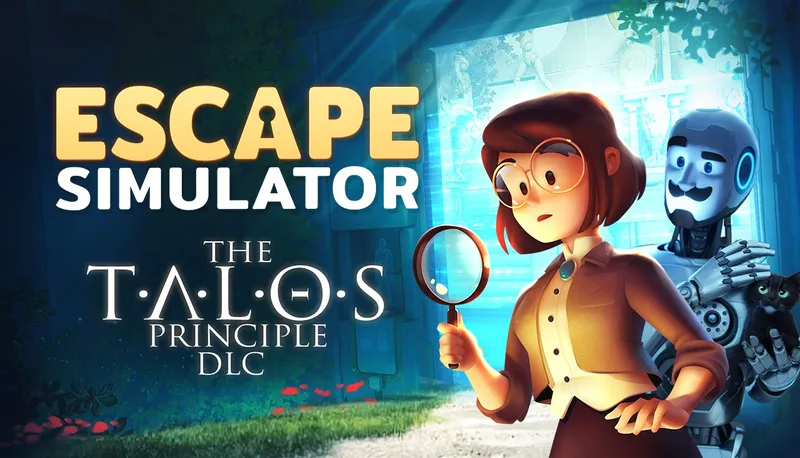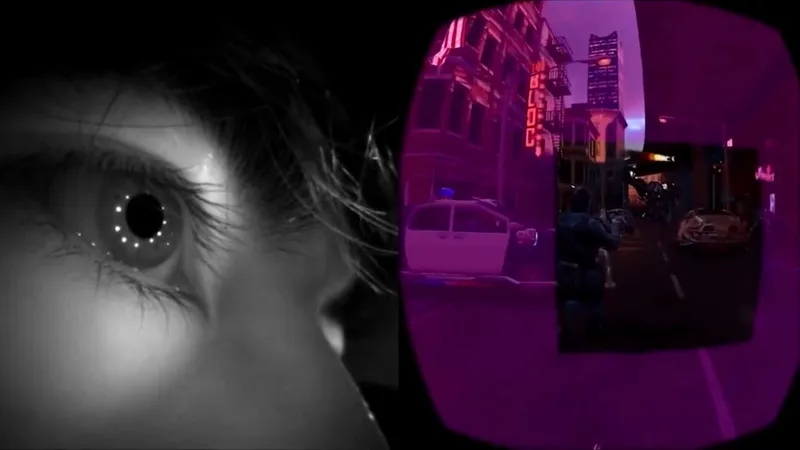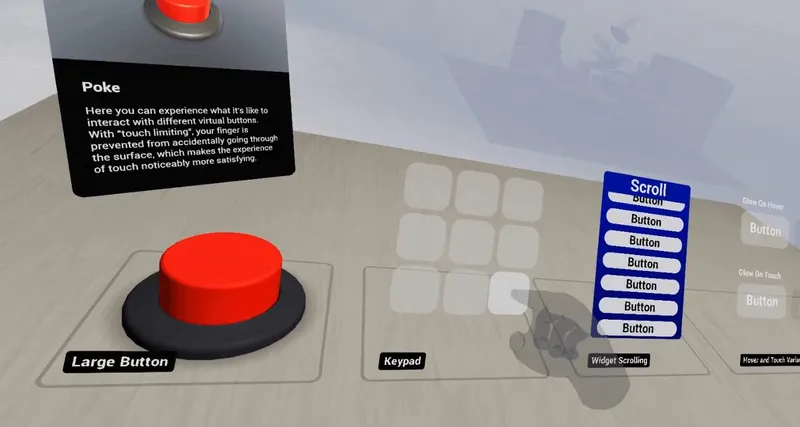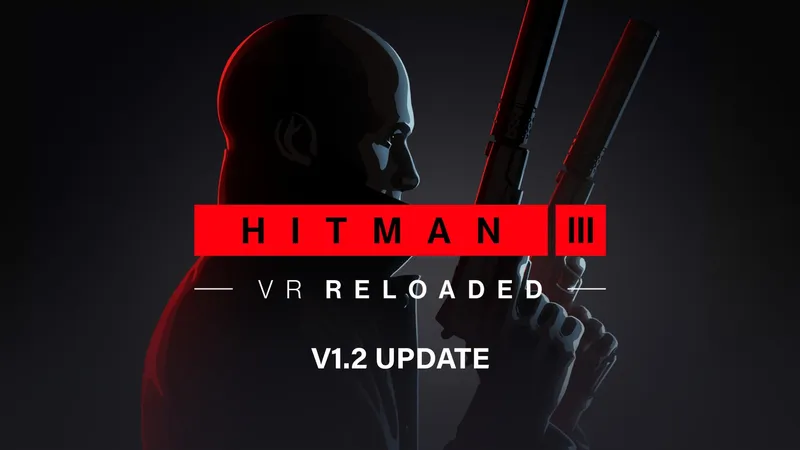You’re on set for a 360 video shoot. You’ve brought your favorite 360 camera rig, scouted an interesting location, and devised a plan to hide your crew out of sight while filming. You want to maximize the 360 technology, so you set up actors on all sides of the camera. There’s something interesting going on everywhere: to the front, the left, the right, and behind. You know you can’t frame the action like in traditional film, so you opt to fill the entire scene with action instead. You finish shooting the scene, take it home for postproduction, and then put your story out for the world to see. That’s when reality hits: people like the 360 novelty, but they don’t know where to look. No one can clearly tell you what the story was about. Some people get dizzy, most are confused. “It’s cool,” they say, but no one watches it more than once. The story didn’t stick.
Bottom line: 360 filmmaking is hard…but it doesn’t have to be.
It has been said that VR is a “convergence medium”, a new form of expression that merges techniques from dozens of other art forms. It comes as no surprise then that the best models for 360 storytelling don’t come from film, but rather two other mediums: theater and games. Film is all about controlling the viewer’s attention, framing the subject matter just right to ensure the audience sees exactly what you intend them to see. In VR, we lose that control. 360 storytelling becomes about letting the audience go.
So how do we tell our story? How do we utilize the new freedom of space that 360 affords us? Many talented minds, including those at Oculus and Google, are starting to agree on principles for VR storytelling. However, these guidelines can be highly complex for people just starting out. We find ourselves asking: what is the simplest foundation we can work from?
In theater, audience attention is controlled with lighting, stage setup, sound cues, and exaggerated moments of action. If a stage director wants you to look towards Juliet’s balcony, they’ll often dress it up in more detail, point the stage lights at it, and ensure that her entrance is highly animated.
Video games take this concept even further. “Level Design”, a core discipline of the medium, is essentially a form of environmental storytelling. In virtual worlds that can be freely navigated by the user, game designers use color, lighting, sound, and moments of action to get the user’s attention and beckon them where to go.
This sounds like a lot. How can we distill this down to something simpler, a baseline we can use for 360 storytelling?
At The Soap Collective, we’re solving this with a technique we call “The Cone of Focus”.
Directing user attention in VR is all about two things: placement and focus.
First, we need to understand the audience’s placement. Roomscale VR is great, and incredibly powerful, but for 360 video we need to recognize one very important thing: most people are going to be sitting. They won’t be sitting on a swivelstool either. They’re going to be in an office chair, their couch, a recliner, or even an airplane seat. Keeping a user immersed requires keeping them comfortable. If we know they are sitting, we can plan around that.
From a sitting position, we now have the tools to plan out a user’s focus. This essentially means setting boundaries for the action. We don’t want to force the user to spin around into uncomfortable positions or constantly whip their head back and forth. While it’s tempting, don’t make every VR director’s most common mistake: filling the entire space with action. Putting someone in a virtual room full of action on all sides isn’t interesting. It’s confusing, loud, dizzying, and overwhelming.
Instead, use the space with intention. When thinking about your story, think about choreographing the action so that it fits within the user’s comfort zone. We like to break our action down into three categories: Primary Action, Secondary Action,and Tertiary Action.
We also sometimes refer to Secondary Action as “Guiding Action”, but more on that in a minute…
Primary Action is the content you want the user to focus on, the essential action in your story. In traditional film, this would be the action presented in focus within the frame. At the start of your story, this action should always be happening right in front of the user. We’ve found that most people can focus their attention within a 90° cone in front of them. This is the safest area for the story’s Primary Action to take place.
Secondary Action is the story’s supporting interest. In traditional film, this is everything else in the frame beyond the main focus. Secondary Action isn’t essential for the user’s understanding of the story, but it helps give it context. It’s basically window dressing for the main story. Tertiary Action is the story’s minor supporting details, low interest elements that do not draw attention. In traditional film, this is everything outside of the frame, the content that the audience usually can’t see. In 360 storytelling, Tertiary Action serves to keep the user immersed. It’s important to understand that, from a sitting position, most people will never comfortably choose to turn fully around and look behind them. None of the Primary or
Secondary Action should happen in this area. Instead, filling the back space with Tertiary Action acts as insurance: if the user does turn around, they will not be taken out of the world or story.
What happens if we want to move the Primary Action? If the entire story can only take place directly in front of the user, then what’s the point of using 360 in the first place?
This is where we like to use Guiding Action.
Guiding Action is exactly what it sounds like: action within the scene that is designed to draw the user’s attention in a specific direction. Using the same tricks seen in theater and games, we can direct the user’s gaze and shift their Cone of Focus. Although a user’s main focus is usually that 90° cone in front of them, their peripheral vision extends well beyond that into the Secondary Action space. Dramatic shifts in action, lighting, and/or sound within that space will pull the user’s attention in that direction. As long as the Primary Action follows, the user’s cone of focus can be shifted permanently.
As an example of these techniques, let’s take a look at the 360 video we produced for Cameron Grey’s “Never Bout Us”:
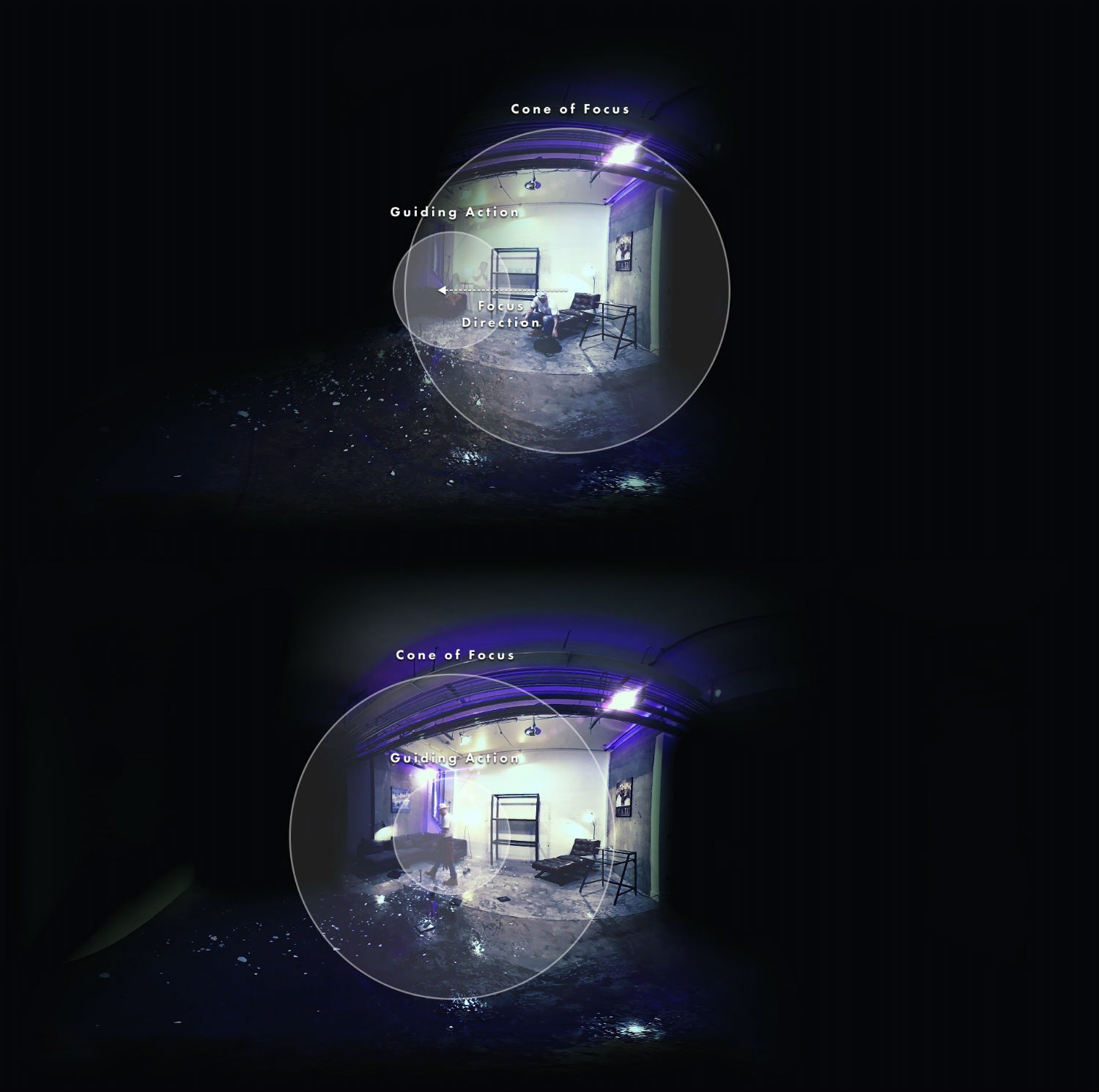 We start with the action front and center. To further focus the user’s attention, we set the rest of the scene in total darkness. As Cameron moves through the scene, the “memories” of his breakup play out one step ahead of him. We intentionally mapped the action to play out in an arc moving to the left. As each memory plays, Cameron’s movement catches up with them, slowly guiding the user’s Cone of Focus to the left.
We start with the action front and center. To further focus the user’s attention, we set the rest of the scene in total darkness. As Cameron moves through the scene, the “memories” of his breakup play out one step ahead of him. We intentionally mapped the action to play out in an arc moving to the left. As each memory plays, Cameron’s movement catches up with them, slowly guiding the user’s Cone of Focus to the left.
One of the video’s climactic moments is the fight between Cameron and “the other guy”. We wanted to ensure the user was focused on this fight. To pull their attention, we turned on additional lighting as Cameron walks dramatically to the left. As those lights come on, the fight begins to play out. The sharp change in lighting, combined with the high level of movement in the actors, helps ensure the user’s attention is directed precisely where we want them to look.
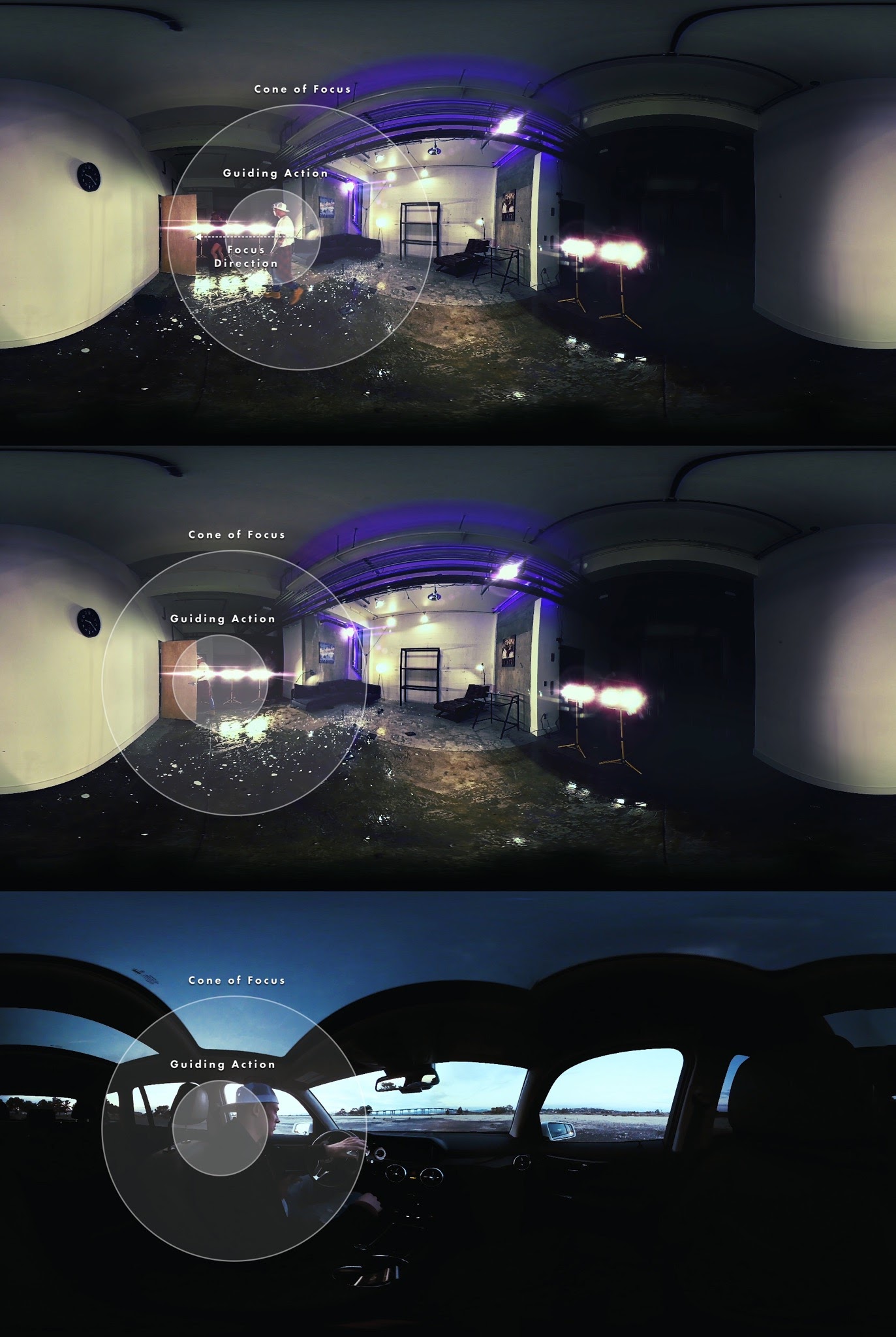 Never Bout Us has one major scene change. When we place the user in the car, we want to be sure they see that they are sitting beside Cameron. To maintain that focus, we line both shots up so that Cameron’s exit from the room in scene 1 aligns with where he is sitting in scene 2. Because of this Guiding Action, the user’s Cone of Focus should already be looking directly at Cameron when the car scene begins.
Never Bout Us has one major scene change. When we place the user in the car, we want to be sure they see that they are sitting beside Cameron. To maintain that focus, we line both shots up so that Cameron’s exit from the room in scene 1 aligns with where he is sitting in scene 2. Because of this Guiding Action, the user’s Cone of Focus should already be looking directly at Cameron when the car scene begins.
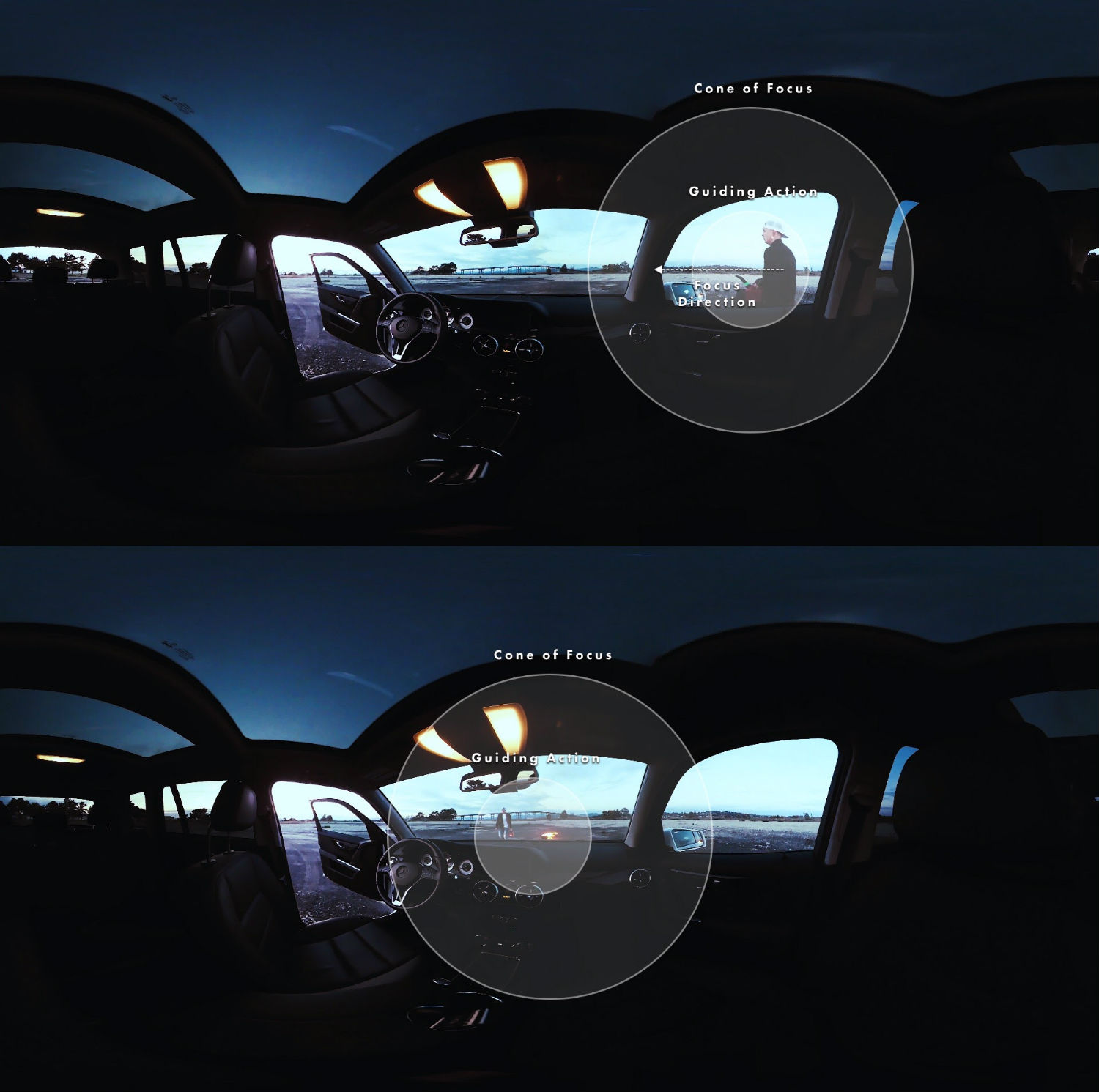 The story culminates with Cameron lighting the bag on fire in front of the car. To make sure the user sees this, we need to pull their attention back over to the right. Following the leftmoving arc established in the earlier scene, Cameron leaves the car and walks around behind it. He then emerges to the viewer’s right side, directing their attention back to the front of the car. In this scene, it doesn’t matter if the user looks all the way behind them to track Cameron’s walk around the car. Seeing him go left, most user’s anticipate that he will emerge to the right.
The story culminates with Cameron lighting the bag on fire in front of the car. To make sure the user sees this, we need to pull their attention back over to the right. Following the leftmoving arc established in the earlier scene, Cameron leaves the car and walks around behind it. He then emerges to the viewer’s right side, directing their attention back to the front of the car. In this scene, it doesn’t matter if the user looks all the way behind them to track Cameron’s walk around the car. Seeing him go left, most user’s anticipate that he will emerge to the right.
This anticipation can serve as its own form of Guiding Action.
These are just the basics of our VR storytelling technique. By understanding user placement and utilizing the Cone of Focus, we can more effectively use the 360° space. Great storytelling is all about capturing the audience’s attention. Like theater, film, and games before it, 360 narrative is its own kind of performance art. It requires special considerations to help us tell the most effective stories.
We’ve learned how to walk. Now let’s learn to fly.
Logan Dwight is co-founder and Creative Director at The Soap Collective. He’s a lifelong VR nerd, storyteller, and design futurist. He not-so-secretly thinks being plugged into The Matrix would be the coolest thing ever.


